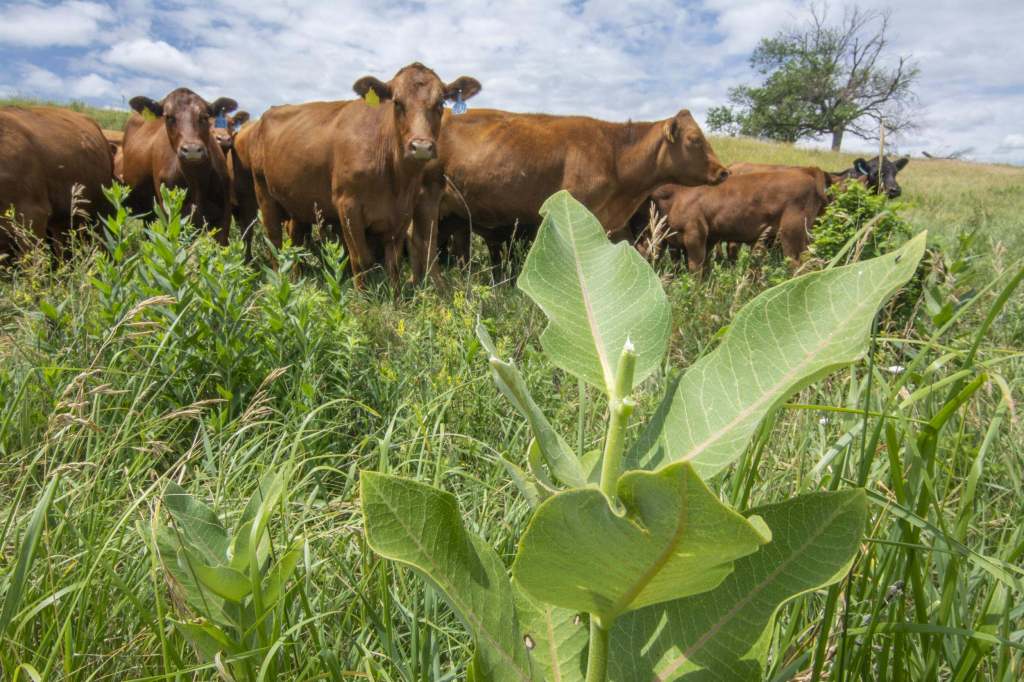Greenhouse gas (GHG) emissions from the U.S. beef industry could be reduced by up to 30 percent with the full adoption of selected mitigation measures, especially involving management practices.
The Gist
Examining the beef production supply chain, researchers modeled 42 emissions-reduction practices, including cover crops, variable irrigation, raising livestock and meat processing.
Published in Nature Food, results showed that full adoption of these practices could cut emissions from the industry by as much as 30 percent. Researchers also note that the greatest greenhouse gas reductions—more than half—could be realized by changes to grazing and pasture management.
The Big Picture
The American beef industry, the largest in the world, supports the lives and livelihoods of millions. The entire beef production cycle also accounts for more than 3 percent of annual U.S. GHG emissions.
Researchers note that “the industry has made meaningful gains in efficiency over the past 50 years in the United States, and beef supply chain actors, including producers, feedlot operators, processors and retailers, are increasingly committed to further reducing emissions in response to the growing urgency and direct, material impacts of the climate and biodiversity crises.”

The challenge, says Rylie Pelton, lead author and research scientist for the University of Minnesota’s Institute on the Environment, “is identifying where and which intervention strategies to prioritize. The complexity of the supply chain presents a very real barrier to progress due, in part, to the fact that emissions vary spatially and by production context. That means that it can be difficult to identify where mitigation strategies are likely to be more or less effective (or even detrimental) for reducing production emissions.”
Unlike previously published methods for estimating U.S. beef industry emissions, this model enables the assessment of subregional patterns and identification of hotspots of mitigation. The current research identifies riparian restoration in the Northern Great Plains and and silvopasture in the Southeast as areas where opportunity for carbon storage is greatest.
The Takeaway
According to researchers, opportunities to reduce emissions in the feed, grazing and feedlot stages vary across regions, yet large-scale adoption across the entire beef supply chain is important.
“Achieving widespread adoption of all of these practices across a varied and dispersed supply chain is essential to meeting the 30 percent GHG reduction potential,” says Clare Kazanski, co-author and senior scientist at The Nature Conservancy. “Changing management can involve cost and risk for farmers, ranchers, feedlots, and other parts of the supply chain. It will be critical for policies and funding mechanisms to support them to make these widespread changes possible.”
While the practices explored here are not an exhaustive list of opportunities, the findings, according to the researchers, reveal promising locations and practices to invest in to advance mitigation goals and an upper-end theoretical potential for mitigation in the beef industry. That said, what will be most effective will depend on the local site conditions and operation context. There is a pressing need for ongoing research.



